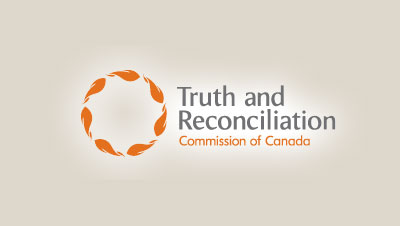 On December 15th, the Canadian Truth and Reconciliation Commission issued its final report. It documents the treatment of indigenous children in Canadian residential schools over the course of more than twelve decades. More 150,000 youth were sent to the schools. The report estimates that more than 3,200 never came home. In June, Beverly McLachlin, chair of the TRC commission, labelled the residential schools cultural genocide.
On December 15th, the Canadian Truth and Reconciliation Commission issued its final report. It documents the treatment of indigenous children in Canadian residential schools over the course of more than twelve decades. More 150,000 youth were sent to the schools. The report estimates that more than 3,200 never came home. In June, Beverly McLachlin, chair of the TRC commission, labelled the residential schools cultural genocide.
To many, the report and its finding are an astounding admission to the culpable role the Canadian government played in the destruction of several generations of indigenous culture. The release of the report raises an interesting question: can this be a positive sign of Canada coming to grips with its troubling past?
When I’ve asked Canadian scholars why the perception of how Canada has treated its indigenous communities is so much better than the United States I’m generally met with a laugh. “Only because the relationship in your country is so much worse,” is the usual response. While on the surface, the Canadian TRC process appears to be a positive sign its origins give less cause for optimism.
In the years preceding the Commission, it was estimated that more nearly half of Canadians had little to no understanding of the residential school system. The TRC process was only initiated after survivors of the residential school system successfully organized the largest class action lawsuit in Canadian history when they sued the government and the churches that operated the schools. The truth and reconciliation process was something the survivors pushed to include in the settlement. Its inclusion likely staved off further litigation. Stephen Harper, the former Prime Minister ousted after this fall’s election, has had a long history of troubling interactions with Canada’s indigenous peoples. While the TRC process was initiated under his premiership, his lack of leadership to address the challenges facing First Nations people was seen by many as a contributing factor to the Conservatives heavy losses in the recent election. Clearly, the TRC process is not the product of a benevolent approach to reconciling Canada’s troubling past we might think of it being.
Troubles aside, how can Canada move forward? A report can only go far to address the injustices of the past. It remains to be seen what effect the TRC will have on the relationship between the government and its indigenous people. The report issued 94 calls to action that address issues in the report, targeted at a number of continuing challenges, including access to healthcare, education and the legal system. These solutions will take years to have an impact. However, with its focus on the residential school system the report does not fully explore the other abuses committed against Canada’s indigenous people. Allegations of forced sterilization of indigenous women continue to come out, despite forcible sterilization being explicitly outlawed in the Genocide Convention.
The Canadian government under Prime Minister Justin Trudeau is making a concerted effort to change the country’s relationship with its indigenous communities. Forming the most diverse cabinet in Canadian history, promising to address the issues of missing indigenous women and releasing the full Truth and Reconciliation Report are positive moves. With these actions, the path to Canada’s reconciliation may be a clearer one.
Joe Eggers is a graduate student at the University of Minnesota, focusing his research on cultural genocide and indigenous communities. His thesis project explores discrepancies between the legal definition and Lemkin’s concept of genocide through analysis of American government assimilation policies towards Native Nations.

Comments